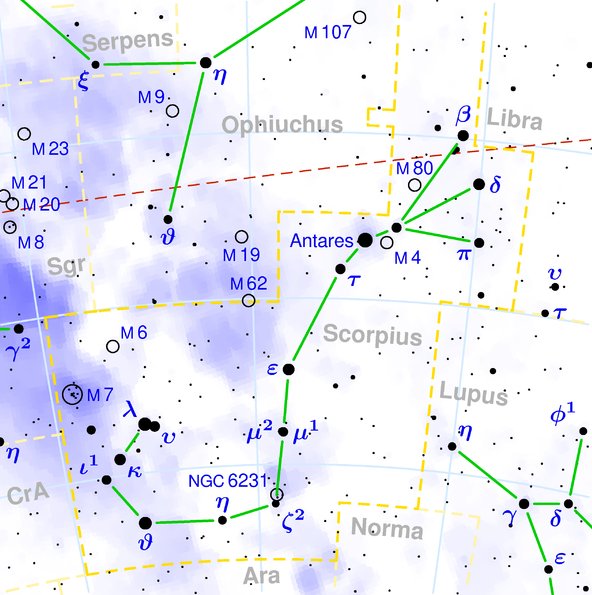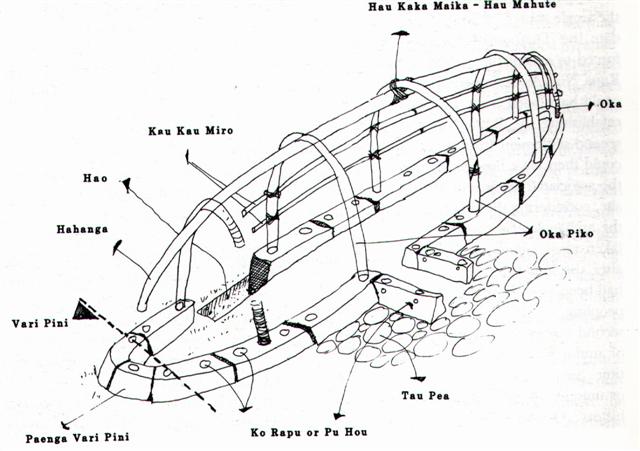So far so good. I think we have recreated a reasonable structure with the intentionally decapitated figure in Gb5-29 at February 23 - as exptrapolated backwards in time from 0h at Rogo in Gb6-26. This glyph would have coincided with the last day (Terminalia) of the regular old Roman calendar.
Caesar introduced, as a part of his calendar reform, an extra day, a 'leap day', to be inserted every 4th year at February 24, the day after Terminalia. It was named Bissextum because it meant the 6th day (sextum) before 'the Kalends of March', viz. February 24, had to be counted twice in a leap year. But there is no obvious sign in the G text of counting Gb6-1 twice. March 1 was the 1st day of the Kalends of March and according to my interpretation of the G text this should be at Gb6-6, a position which - if counted from 0h at the Hyades Gate - would have been day 388. By then adding 80, in order to cover also the time from JANUARY 1 to 0h, the number would become 80 + 388 = 468. Day 468 = day 468 - 365 = APRIL 13, which then can be read as 4-13 and alluding to 14 * 29½ = 413. The Sun was at Wezn (β Columbae) and the name of this star is in principle the same as Wezen (δ Canis Majoris) - a star whose great weight at the end of the load string implies it should be used as a 'heart', a place from where to start counting days again, a day of zero. The distance from Wezn to Wezen was 107 - 87 = 20 days.
At the opposite side of the sky and visible (3.3) close to the Full Moon was the Ptolemy Cluster (M7). It indicated a point when the tail of the Scorpion was in the past:
Maybe the 4 quarters of the year had to be regenerated before the G text could reach a new chapter. ... The Mayas called their 4 supporters of the sky Bacab: 'Among the multitude of gods worshipped by these people were four whom they called by the name Bacab. These were, they say, four brothers placed by God when he created the world at its four corners to sustain the heavens lest they fall.' (Diego De Landa according to Graham Hancock in his Fingerprints of the Gods.) 'In the ms. Ritual of the Bacabs, the cantul kuob [the suffix '-ob' indicates plural], cantul bacabob, the four gods, the four bacabs, occur constantly in the incantations, with the four colors, four directions, and their various names and offices.' (William Gates, An Outline Dictionary of Maya Glyphs.) '... This connects up the present section with the beginning of the 'sacred tonalamatl', at the Spring equinox with the Mayas as with the Mexicans, and in the center of the 364-day year (52 days of which preceded and 52 followed the tonalamatl or tzolkin), ruled by its 91-day quarters by the Four Bacabs, whose quarternary repetition (in the 1820-day period) we have thus verified ...' (Gates, a.a.) 1820 = 20 * 91, i.e. the bacabs circulated 5 times in the 1820-day period, 5 * 364 = 1820, and 7 * 260 also happens to be 1820. They were ruling the 4 quarters of a 364-day long year, and in the center of this year there were 260 days, the sacred tonalamatl (tzolkin) calendar, which began at spring equinox:
Furthermore, Hotu was unhappy because the head of his ancestor was no longer where it should have been. ... After the neck of Oto Uta had been brought on land, out in the bay of Hanga Rau, the wind, the rain, the waves, and the thunder subsided. Kuihi and Kuaha arrived and told the king the following: 'King Oto Uta is out in the bay of Hanga Rau'. Hotu said to his servant (tuura) Moa Kehu, 'Go down to king Oto Uta and take him up out of the bay of Hanga Rau!' Moa Kehu arose, went down, picked up (the fragment), and carried (it) on his shoulders to the house. There he left it for King Hotu. King Hotu sat down and wept over King Oto Uta. This is Hotu's lament (tanginga): ka hati toou ngao e oto uta e te ariki e / mo tau papa rangaranga o haho i te tai / mo tuu huehue rangaranga o haho i te tai / mo tau hahave rere ai ka pae / mo tae ngu rere ai ka pae / mo te ika aringa riva nei he aku renga ai ka pae Broken is your neck, oh Oto Uta, oh king! / Floating (?) like a raft (?) out at sea. / To be erected for the drifting huehue (fish) out at sea. / Able (?) to put an end to the flight of the flying fish hahave; / Able (?) to put and end to the flight of the flying fish ngu; / Put an end to this fish, a dorado, with the good face! (E:87-90) ... I imagine the underlying cause could have been the precession. It had pushed the position of Oto Uta away from personifying the Head at the beginning of the calendar year. Hamal was no longer the Leader of the flock. Hamal (Oto Uta) had lost his head (position) and instead there were 'fishes' of various kinds at 0h (for instance Piscis Austrinus and the pair in Pisces):
But the 'headless' Oto Uta had anyhow now been securely brought further up on Land, a fact we should have understood already from his name:
He had been carried (uta) higher up from the coast (uta). Instead of looking down at the cold fishes in the watery region before Hamal the Pleiades (the 6 'stones') should be at the 'head' (beginning) of the year. The 'fish being', Tangaroa, came after his father Oto Uta. And his residence was in the dim region from where Taurus emerged, at Te Pei according to Manuscript E: ... Hau Maka told about his dream: 'I was sleeping, and this is what happened: My dream soul moved on, and, through the power of her mana, my dream soul reached seven lands, which were lying in the midst of a dim twilight. My dream soul looked around searchingly, but these lands were not very good at all. In the midst of dim twilight there is Te Pei, the residence ... However, the text seems to also point at the 3 islets of Taana, i.e. probably somewhere in the region between Antares and Deneb Algiedi. The Tail (Deneb) of the Goat (Algiedi) should be close to Land and as far south of the equator as on Easter Island the nakshatra way of determining time ought to be the basic rule. Hence the 'canoe' of the great Tagaroa could be brought up onto Land and turned upside down in order to transform him to the month Tangaroa Uri (uri as the colour of the green grasses):
... Long ago in the very beginning of time there dwelt within a shell an infant god whose name was Ta'aroa. He was Ta'aroa the unique one, the ancestor of all gods, the creator of the universe whose natures were myriad, whose backbone was the ridgepole of the world, whose ribs were its supporters ... ... After the food supplies had been brought on land, the two rulers, the king and the queen said, 'Drag the canoes on land and take them apart (so the wood can be used) to build houses and cover the roofs!' They dragged the two canoes on land and took them apart. After they had finished disassembling the canoes, Nuku covered all the houses ...
|
||||||||||||||||||||||||||||||||||||||||||||||||||||||||||||||||||||||||||||||||||||||||||||||||||||||||||||||||||||||||||||||||||||||||||||||||||||||||||||||||||||||||||||||||||||||||||||||||||||||||||||||||||||||||||||||||||||||||||||||||||||||||||||||||||||||||||||||||||||||||||||||||||||||||||||||||||||||||||||||||||||||||||||||||||||||||||||||||||||||||||||||||









